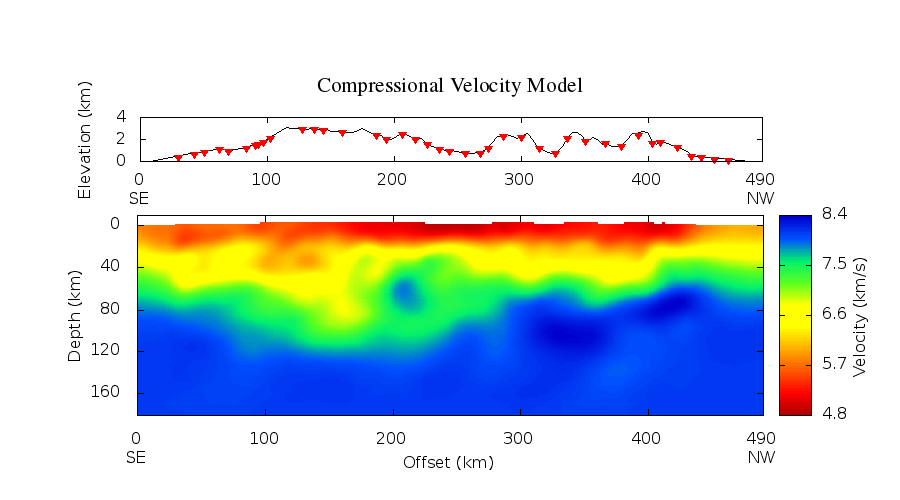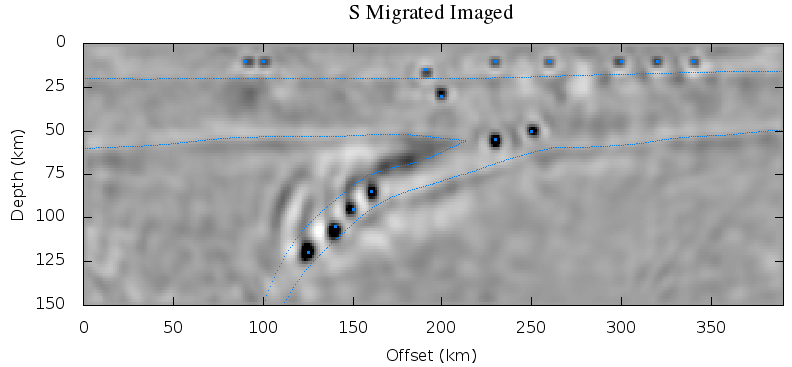Full Waveform Inversion
Overview
Full waveform inversion (FWI) is a seismic imaging technique pioneered by Patrick Lailly and Albert Tarantola in the early 1980s. The method estimates earth model structure by seeking to match predicted waveforms (synthetic seismograms) to observed waveforms `wiggle for wiggle.’ Hence, if one can capture the physics of wave propagation and apply that to the true Earth model, then one can exactly represent a recorded seismic waveform down to the noise level. While conceptually straightforward, the application of FWI to real data sets would have to wait a couple of decades for compute resources to evolve. Because of the democratization of high-performance computing, FWI has permeated to all facets of seismology and is successfully applied at all scales, from short-period active source reflection and refraction surveys to long-period tectonic scale earth investigations.
Because synthetic waveform modeling is the crux of the method, all FWI methods can be aided with massively parallel forward solvers operating in the time or frequency domain on two-dimensional or three-dimensional data. Moreover, as hardware continues to improve, it is now finally possible to model and estimate the complete anisotropic and attenuating subsurface.
With all these tools at hand, let ISTI design a solution that fits your data, timeline, and budget. We can handle the end-to-end solution from data collection to initial model estimation to high-resolution short-period FWI, allowing you to extract the maximum amount of detail from your seismic acquisition regardless of the target size.


